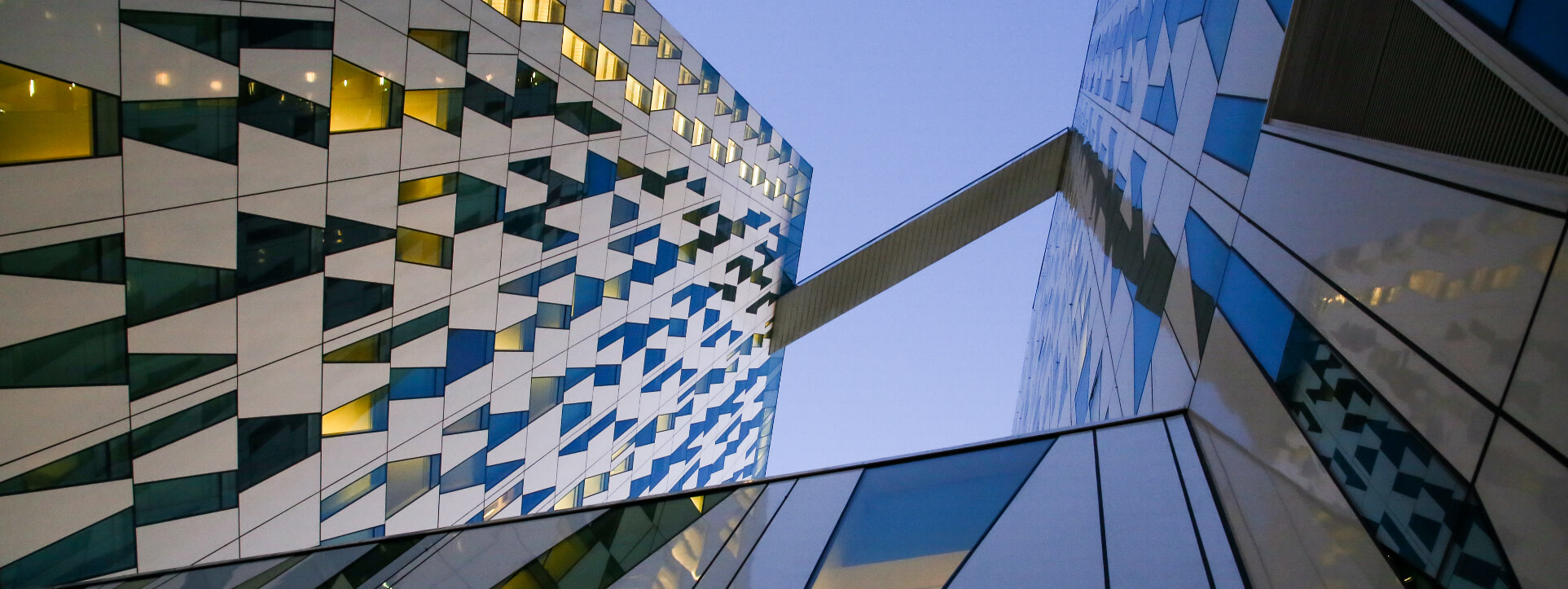ImpactAlpha, October 5 — If crises beget opportunities, impact investing has a bright future.
“We find ourselves in a polycrisis,” Amit Bouri of the Global Impact Investing Network said to open the GIIN’s Impact Forum in Copenhagen, reciting the litany of climate catastrophes, wars in Ukraine and Sudan, pandemic aftereffects and economic uncertainties.
Impact investors who came to Copenhagen to raise funds, pursue partnerships and connect with colleagues were anything but glum. As Bouri said, “Navigating these challenges requires this unique duality: The ambition to envision and lead monumental change and the humility to recognize the vastness of our journey ahead.”
Take climate change. It’s almost conventional wisdom that warming will fail to meet the agreed-upon goal of limiting temperature rise to 1.5°C. At the same time, the exponential growth and falling costs of renewable energy, along with the surge in public and private climate investments, is creating seemingly unstoppable momentum.
“I would say don’t underestimate the speed of this transition,” Peter Sandahl of Nordea, the Helsinki-based bank, said in a plenary panel. “It might not be sufficient for 1.5° at the moment, but I do think that there is a reasonable likelihood that you’re underestimating the speed of both the technology development but also the policy development.”
“If you’re an investor, you need to put that into your analysis. You don’t want to end up with stranded assets.”
Institutional impact
For the $247 billion Ontario Teachers’ Pension Plan, net-zero climate commitments served as “a gateway into impact investing,” said managing director Robert Sturgeon. Over the past 18 months, his team developed its impact strategy, but when he went before the fund’s board in November, “we took a step back,” Sturgeon said.
To hone its practices, the fund (with seven consultants) opted to run nine portfolio companies through impact assessments. Among the learnings: “There are a lot of people saying, ‘This can’t be an impact investment because it’s a good investment,” he said. “These assessment processes really drew out the fact that no, impact investing is investing with a different lens on it, but you can still make very profitable investments.”
Geraldine Leegwater of PGGM in the Netherlands said the $240 billion pension plan already has met its 2025 goal of qualifying 20% of its portfolio as sustainable development investments. Next, rather than simply bucketing existing investments, she said, the pension fund is building impact into the front end of its investment processes. “
At the time we set the risk and return goals,” she said, “we immediately set clear impact goals, and they are intentional and should be also adding value to the real world.”
Catalytic development finance
Pressure is mounting on international development finance agencies to be more responsive, risk tolerant and catalytic in their investment approaches, given the yawning gaps in climate and sustainable development finance in vulnerable parts of the world.
Denmark’s International Fund for Developing Countries, or IFU, is one of the first to announce reforms. The agency, which has 18 billion Danish krone ($2.5 billion) in assets under management, is getting more money from the government to invest in climate mitigation and adaptation, and in Africa and other fragile states.
“There’s a change in the way that the government looks at commercial finance,” IFU’s Birgitte Bang Nielsen told ImpactAlpha. “They see that we can be a good instrument for climate finance and for Denmark to reach the goals that we signed up for in Paris.”
IFU has multiple pots of money to invest, including in “high risk, high impact” projects and for funds, but it mostly targets commercial investments. DFIs have been criticized for being too commercially-minded and insufficiently catalytic. But some of the capital that IFU is mobilizing, for instance, is from pension funds, which have a lower risk appetite, Nielsen explained.
“They find us attractive because they get [investment exposure] to the Global South, and that’s also where the impact story is very good,” she said.
Corporate training
The GIIN is partnering with the Centre for Impact Investing Practices, an initiative of Singapore’s Temasek, on an professional education program to encourage more organizations and professionals in Asia into impact investing. Nearly 70% of impact investors are based in North America and Europe, while just 11% are in East and Southeast Asia.
“The need for talent is huge, both for investors and for companies,” said Dawn Chan of Temasek.
GIIN and CIIP are focusing in particular on sustainable and impactful business practices within corporations.
“Once investors have decided they want to go this very intentional way of investing, the question becomes how do they work with companies to implement practices on the ground,” said Chan.
Impact in Japan
Meanwhile, in Tokyo Impact investing truly went global this week, with near-simultaneous events not only in Copenhagen, but Málaga, Spain (GSG Global Impact Summit) and Tokyo (PRI in Person). From Japan, TIIP’s William Burkhardt reports for ImpactAlpha, “Japan in many ways is taking a systems approach.”
Prime Minister Fumio Kishida announced Japan will issue “Climate Transition Bonds” to finance 20 trillion-yen, or $130 billion, to catalyze private investment in renewable energy, green hydrogen, and decarbonization of steel, chemicals and automobiles. Burkhardt writes: “The urgency of taking a system-level investing approach in order to drive sustainability outcomes was on full display” at PRI in Person.
Keep reading: “Overheard at PRI in Person: Did someone say systems?”











